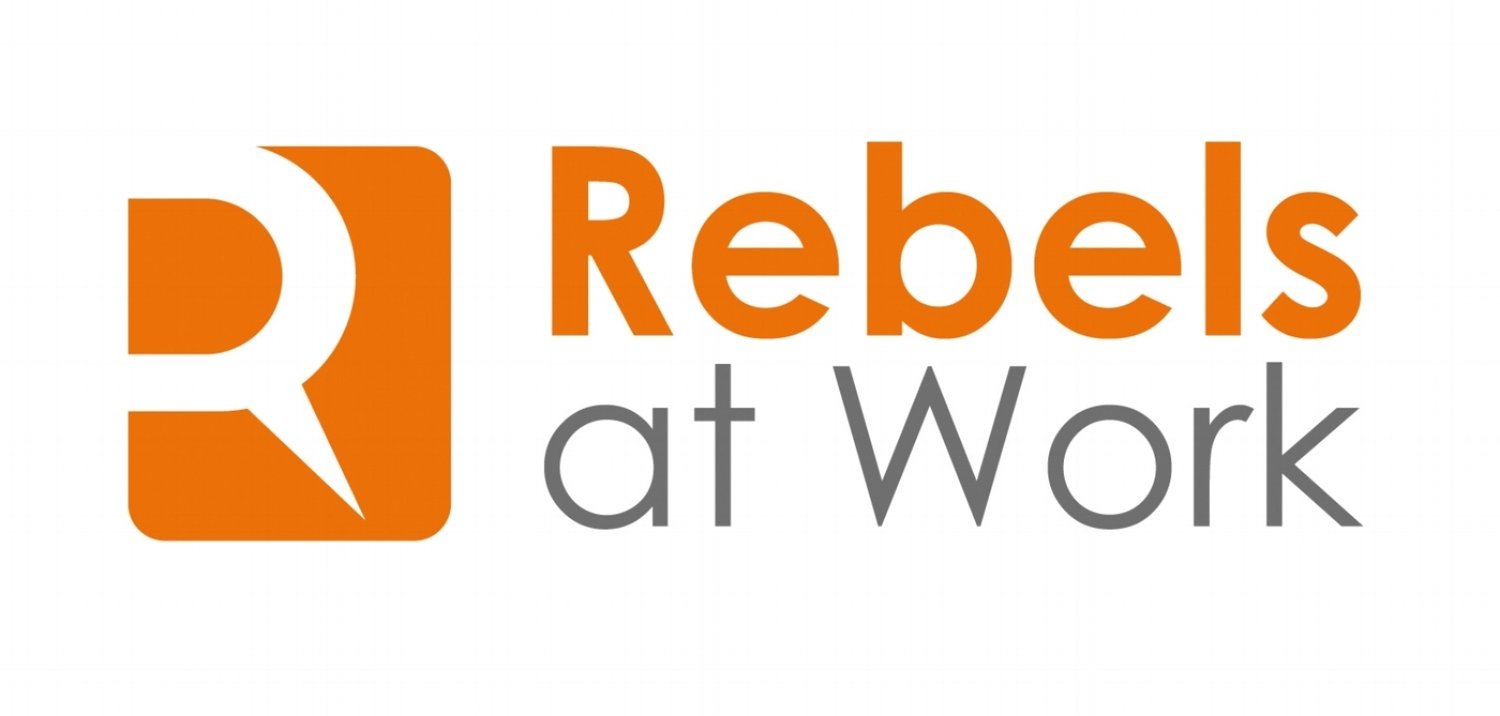 I’ve been fantasizing about going on a road trip this summer to Alberta to experience the majestic Canadian Rockies. While browsing possible itineraries, I keep noticing this advice:
I’ve been fantasizing about going on a road trip this summer to Alberta to experience the majestic Canadian Rockies. While browsing possible itineraries, I keep noticing this advice:
“Leave the beaten path and take the alternative route of….”
If you’re trying to get new ideas considered at work, I’d like to suggest similar advice. The best route may not be beating a path to your boss and the usual up-the-chain-of-command approval process. If she says, “NO,” then what? You’re sort of at a dead end.
An alternative approach is to reach all around you and get 10% of the people at work behind your idea. When you reach 10% the idea is likely to be adopted, according to scientists at Rensselaer Polytechnic Institute. The 10% can be people at any level; in other words the assumption that you need “executive buy-in” may be a faulty assumption.
“When the number of committed opinion holders is below 10 percent, there is no visible progress in the spread of ideas. It would literally take the amount of time comparable to the age of the universe for this size group to reach the majority,” said SCNARC Director Boleslaw Szymanski, the Claire and Roland Schmitt Distinguished Professor at Rensselaer.
“Once that number grows above 10 percent, the idea spreads like flame.”
So if your company has 1,000 people you would need to get just 100 people to support your idea for it to spread. If there are 5,000 people, your aim is 500. Many say it’s easier and sometimes faster to get 100 people to support a good idea than to work an idea through the traditional hierarchical approval chain.
“As agents of change convince more and more people, the situation begins to change,” SNARC research associate Sameet Sreenivasan said. “People begin to question their own views at first and then completely adopt the new view to spread it even further.
Use the tools: Work Out Loud
Influencing the 10% at work is not easy but it is easier than it was five years ago.
You can write blogs on the internal Intranet and work out loud (WOL) about the idea’s potential value, what it would take to make it happen, and asking for input from colleagues to refine the idea.
If you don’t yet know about the Working Out Loud concept, I urge you to learn more. It’s a BIG idea that is starting to reshape how people work, how new ideas develop, what it means to collaborate and innovate, and, of course, reach that 10% so new ideas catch on.
Check out John Stepper’s Working Out Loud blog to learn more about the concept, and get some useful articles about how to start incorporating this practice into how you work.
Of course, depending on the idea, you can also consider using external social channels to write about the concept, get ideas, ask for help and connect with people at work on these channels.
YOUR GOAL: Make the idea stronger by involving more people and by involving more people get to the 10% tipping point.
But what if my boss gets upset?
Your boss may feel uncomfortable with you Working Out Loud and socializing ideas with people outside his chain of command. What happens if she pushes back and asks you to stop?
- First, acknowledge the discomfort and empathize: “I see this makes you uncomfortable….”
- Reassure her that the idea supports what the organization values or a shared goal.
- Then explain how you’re trying to learn more about the viability of a possible idea and trying to get a sense of what would be needed for it to be successful. Initiative, learning and research are valued in most organizations.
- If you work in an organization espousing the need for greater collaboration, innovation, empowerment, or employee engagement explain that this is exactly what you’re doing.
- Invite your boss into the process so she can, too, can learn about the developing concept. Maybe she wants to follow you on Twitter? Get alerts when a new blog post comes out? Join the project community? In the spirit of openness and Working Out Loud, don’t hide, invite.
And if you’re the boss?
- Appreciate that you have someone in your organization with ideas and the courage and initiative to put them out there and get frank feedback. (THIS is employee engagement at its best.)
- Make it safe for your team member to keep going. Encourage and ask how you can be helpful.
- Chill about a bad idea making you look bad. If people don’t like your team member’s idea, they are not going to get behind it. The wisdom of the crowd will breathe life in or out of the idea. Your job is to help your team members grow and achieve outcomes, not control how your team member learns, gets input and builds organizational support.
- Know that this is the future of work and a much better way of vetting possibilities than the traditional slow and often exhausting meeting-after-meeting approach. Be grateful that someone is helping you learn the value of working out loud and introducing ideas in new ways. Your team member is doing you a favor by helping you become more relevant.
The Cowboy Trail
While many will head to the popular Banff and Lake Louise this summer, I am learning about the alternative routes.
The Smith Dorrien Spray Trail, The Dinosaur Trail and the Cowboy Trail sound like they are just off the beaten path enough for this cowgirl rebel to find wonder and creative renewal.
